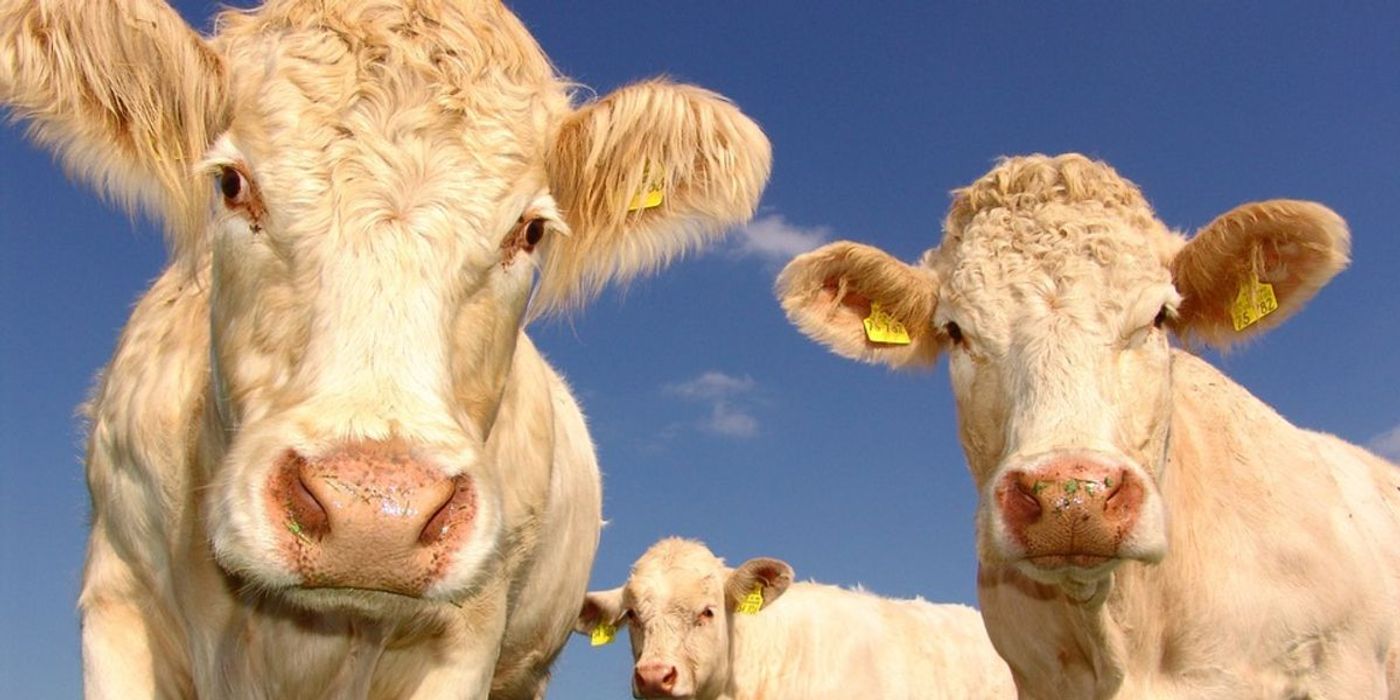Russian Cows Use VR Headsets to Increase Milk Production
Harsh weather conditions, particularly those found during winter months, are known to lead to a decrease in milk production among cows. To tackle this, RusMoloko farm on the outskirts of Moscow, Russia, has begun using virtual reality (VR) technology to help their cows increase both the quantity, and quality of their milk during the winter
The attempt comes following studies demonstrating a link between a cow’s environmental conditions and their ability to produce milk; more pleasant environmental conditions leading to more, and higher quality, milk than unpleasant ones. This happens as living in more pleasant environments is thought to reduce levels of stress and anxiety within the animals, as well as ensure a higher degree of overall health; two factors key for enhanced milk production.
Taking heed of these findings, a team of developers, veterinarians and dairy production consultants created a VR experience for cows to increase their milk production. To do so, they adapted human versions of VR glasses to cows- accounting for their different head shapes and eyesight. As for the VR experience itself, they recreated a summer environment with a warm and predominantly red color scheme, given that studies on cattle vision have shown that they perceive shades of red more vividly than blues and greens.
Although further research is needed to know whether the intervention has had an impact on milk yields, researchers have so far recorded lower anxiety levels among the cows, as well as an overall increase in their emotional mood. Given the strong body of research supporting a link between environmental comfort, emotional well-being and milk production, experts from Moscow’s Ministry of Agriculture and Food expect the yields to increase.
Despite optimism from the Russian government however, some are skeptical that this intervention will have much of an impact on each cow’s wellbeing and thus milk yield. Although visual stimulation has shown to be beneficial in some animals, most research in this domain shows that these benefits relate to primates. This, coupled with animals’ demonstrated lesser appreciation of symbolic imagery when compared to humans, such as their attention span when watching the television or a smartphone, may mean that VR experiences are limited in how meaningful experiences they may provide.
Sources: Tech Times, Forbes and The Conversation









